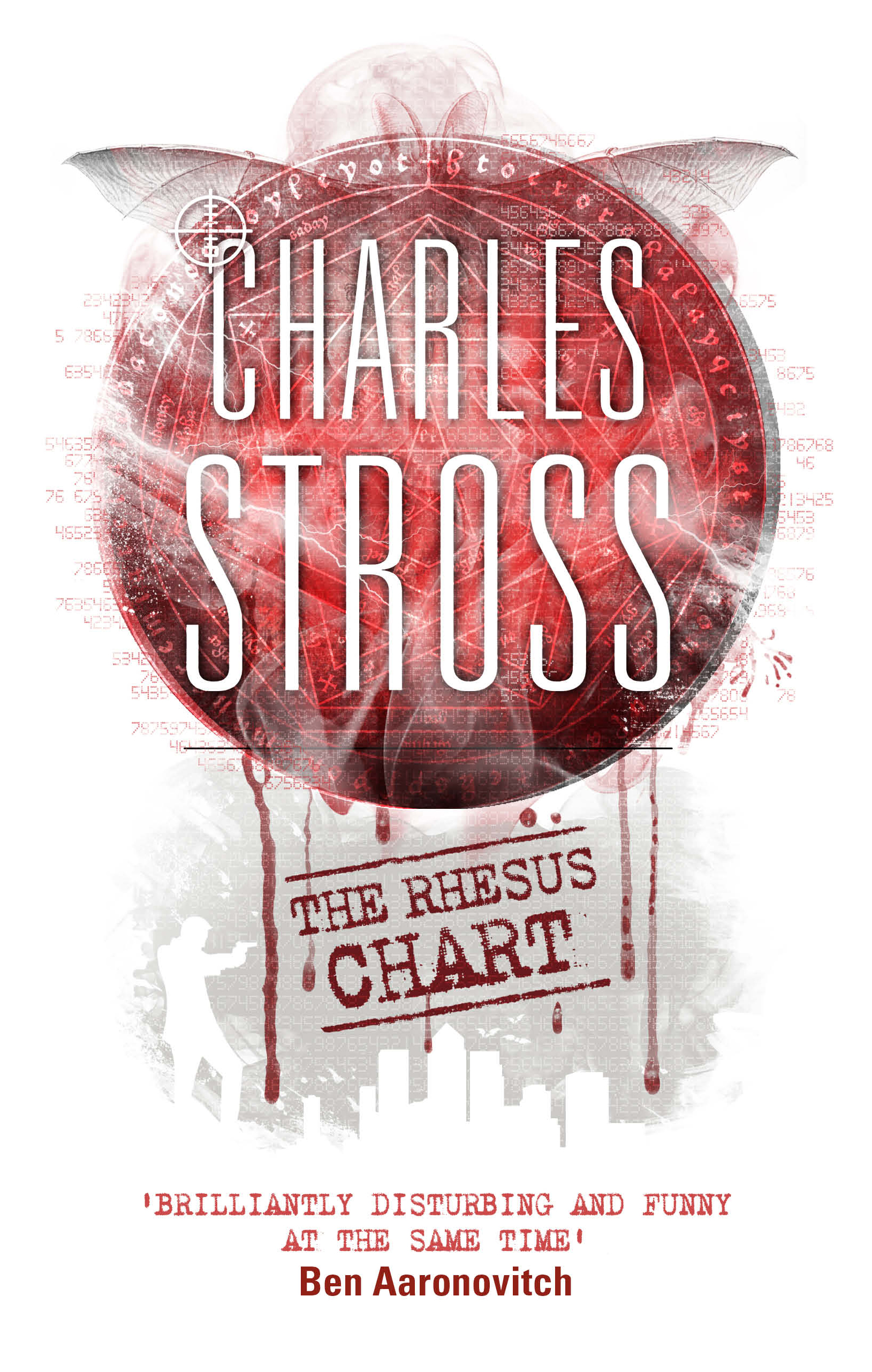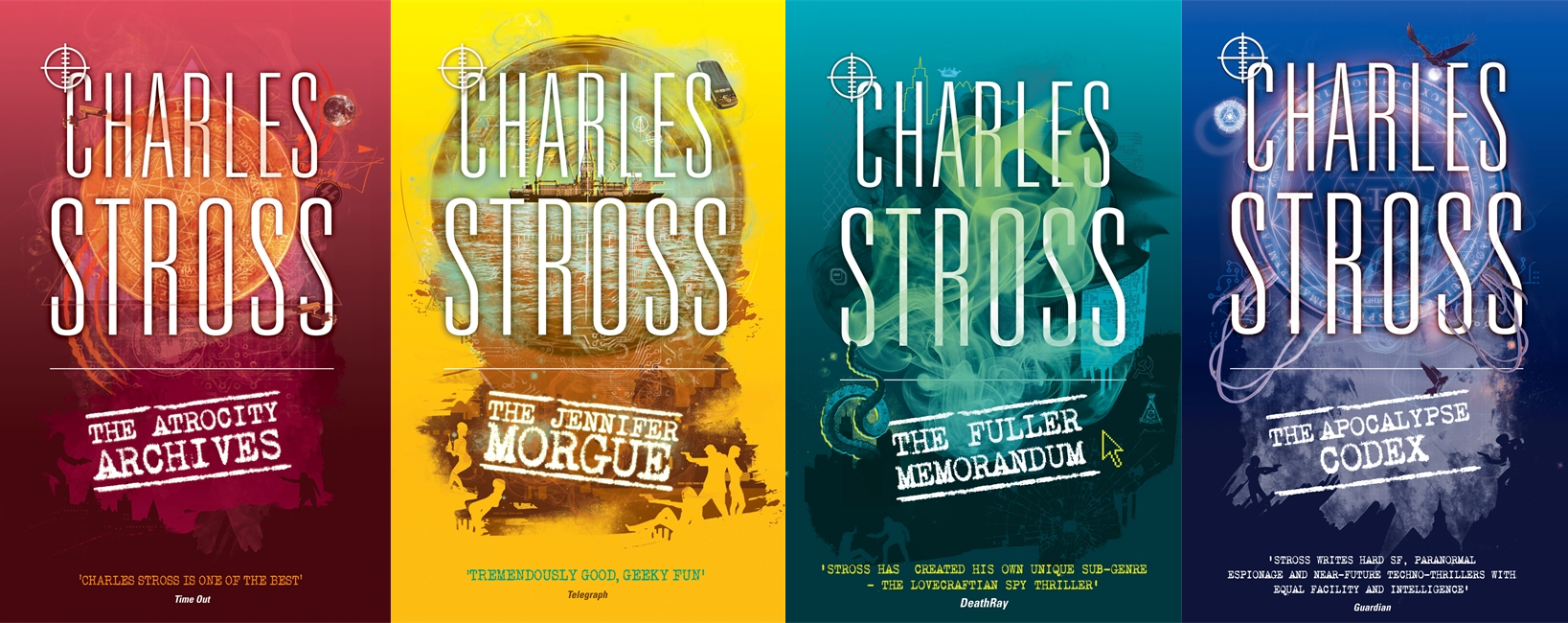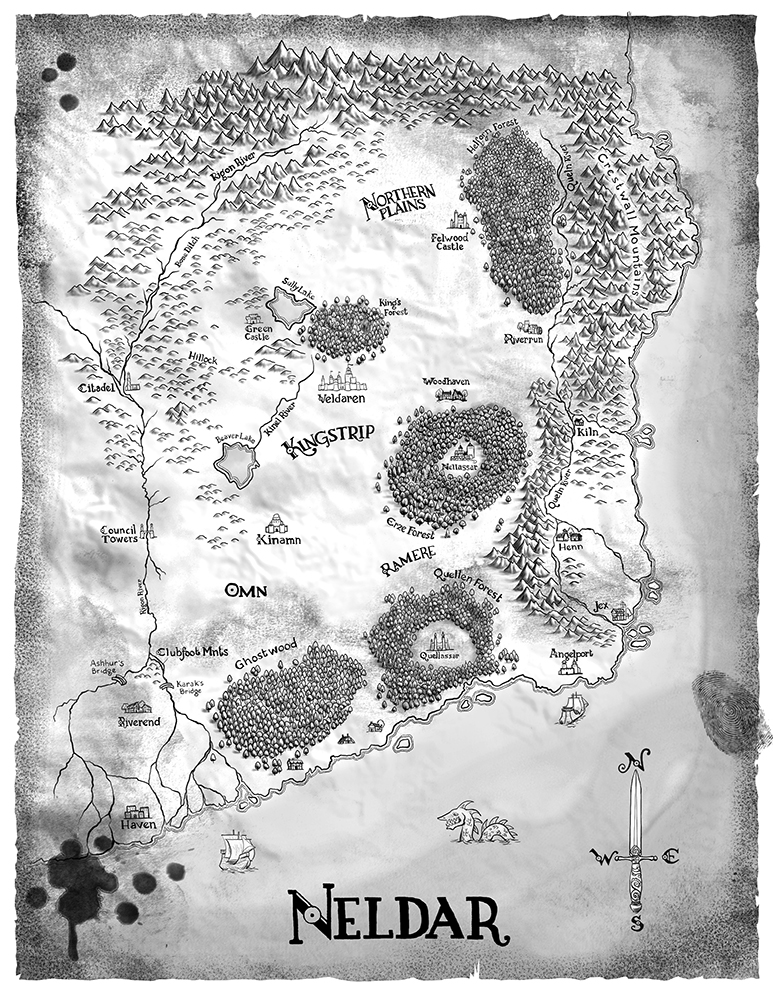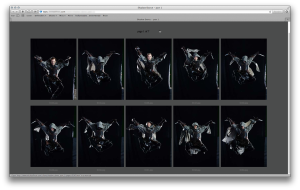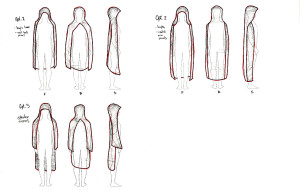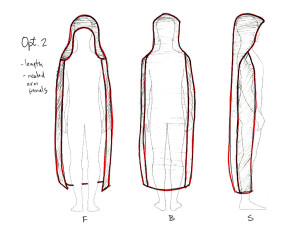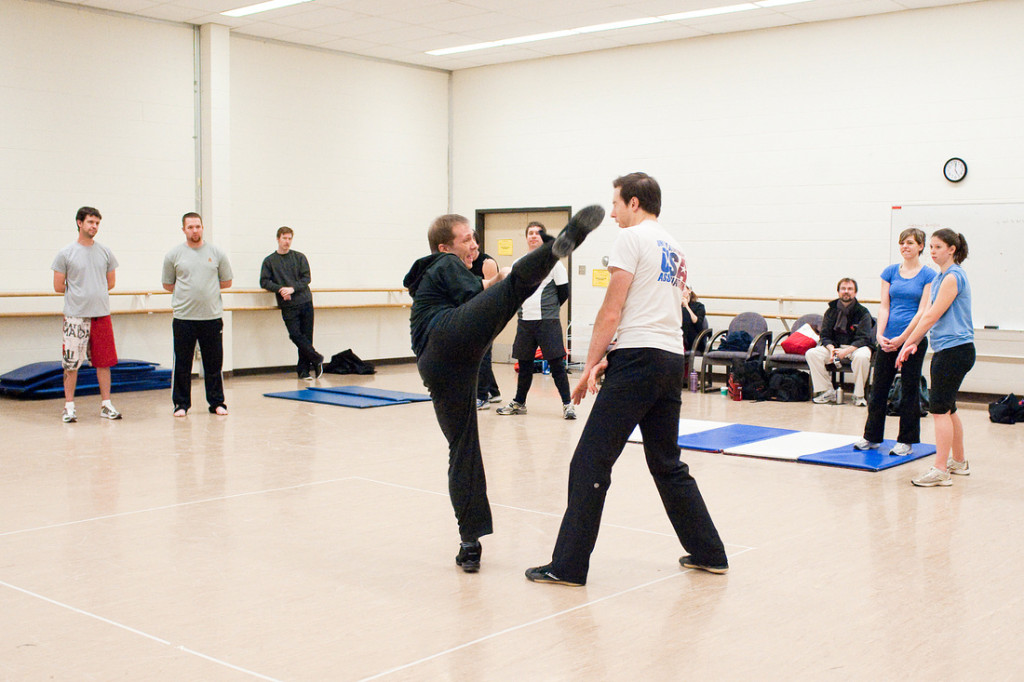The Making of a Cover: Final Cover Designs
Welcome to the most in-depth, behind-the-scenes, play-by-play account of how a cover is born, from the point of view of the Art Department. We’re charting the conception and birth of the Shadowdance series by David Dalglish.
So far we have talked about the first real step of a book, Acquisition, and then what goes into Cover Briefing. Then we let our minds wander and collect inspiration and form Directions for the cover. Then we agreed on a Photographer and Illustrator. We’ve even found our hero, the Cover Model. And we found a Trampoline for him to do stunt work on safely. We decked him out in book-specific Costume & Props. We spent all day at our Photo Shoot. We received the Rough Cuts, and while the illustrator was working, Kirk was developing the Design Roughs. We even looked at the Mapmaking process. Once the illustrator was done, he sent over the Final Retouched Illustrations for Kirk to input into his designs, getting us to Final Cover Designs!
You’d think, after all the work on the design, and all the work on the images, that Kirk’s work would be over, but there is still the cover mechanical to send to the printer for the final printed books. Here’s Kirk Benshoff to go into more detail about that:
Up to this point all of the focus has been on the front cover, which is ultimately the main draw to get people to pick up the book, look at it, and ultimately buy it. But what happens if the book is not face out in a bookshelf? What do you want the rest of the experience to be once someone has the book in his or her hands? The book needs a strong shelf presence to stand out amongst a lot of other titles in a bookstore.
In all, the cover is broken out into three parts: the front cover, spine, and back cover. The spine needs to visually identify the book when it’s shelved in a bookcase. In the event that someone who is familiar with the book wants to find the next volume in the series, an identifiable spine design will make it easy for that person to find what they need. If we’re looking to court a new reader who is not familiar with the property, we want the spine to be as engaging as a tall and thin surface area can be so someone can get a taste of the cover, be compelled to take it out, and look at it.
- Front Cover
- Spine
- Back Cover




